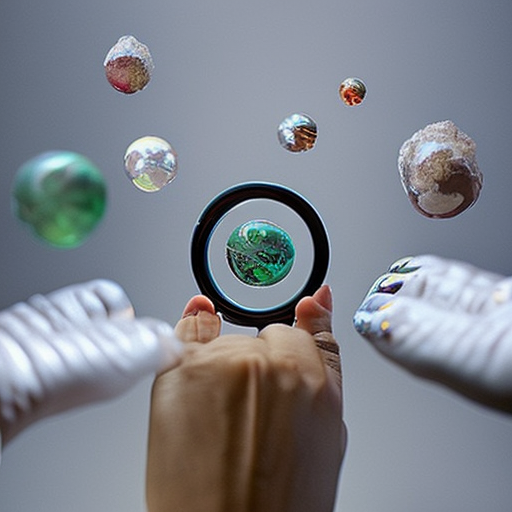Summary: Stop motion is a technique used in animation to create the illusion of movement by manipulating physical objects frame by frame. It involves taking a series of photographs, moving the objects slightly between each shot, and then playing them back in quick succession to create the illusion of motion. Stop motion has been used in various forms of media, including films, television shows, and commercials, and has a rich history dating back to the early days of cinema.
History of Stop Motion
Stop motion animation dates back to the late 19th century when pioneers like J. Stuart Blackton and Albert E. Smith experimented with the technique. However, it was the work of Willis O’Brien in the 1920s that brought stop motion into the mainstream with films like “The Lost World” and “King Kong.” O’Brien’s innovative use of stop motion paved the way for future filmmakers and animators to explore the possibilities of the technique.
Techniques and Process
There are several techniques used in stop motion animation, including claymation, puppet animation, and object animation. In claymation, characters are created using clay or plasticine and are carefully sculpted and positioned for each frame. Puppet animation involves using articulated puppets or figures that are moved incrementally between shots. Object animation, on the other hand, involves animating inanimate objects such as toys or household items.
The process of creating a stop motion animation involves meticulous planning and attention to detail. The animator starts by developing a concept and story, followed by storyboarding and creating a script. Next, the sets and characters are designed and built. Lighting and camera setup are crucial to achieving the desired effect, and the animator carefully positions the objects for each frame. Once all the frames are captured, they are edited together and sound effects or music are added to complete the animation.
Applications of Stop Motion
Stop motion has been widely used in various forms of media. In the realm of film, stop motion has been used in both feature-length films and short films. Notable examples include “Coraline,” “Wallace and Gromit,” and “The Nightmare Before Christmas.” Stop motion has also found a place in television shows, with shows like “Robot Chicken” and “Shaun the Sheep” utilizing the technique. Additionally, stop motion has been used in commercials, music videos, and even video games, adding a unique and visually appealing element to these mediums.
Challenges and Advancements
Creating a stop motion animation can be a time-consuming and labor-intensive process. It requires patience, precision, and attention to detail. The animator must carefully plan each shot and ensure consistency in movement and lighting. Additionally, the process can be physically demanding, especially when working with clay or building intricate sets.
However, advancements in technology have made the process more accessible and streamlined. Digital cameras and software have made it easier to capture and edit frames, and 3D printing has opened up new possibilities for creating intricate and detailed characters and sets. Additionally, the rise of social media and online platforms has provided a platform for aspiring animators to showcase their work and connect with a wider audience.
Conclusion
Stop motion animation is a captivating and visually stunning technique that has been used in various forms of media throughout history. From its early beginnings in the late 19th century to the advancements of today, stop motion continues to captivate audiences with its unique charm and creativity. Whether it’s bringing clay characters to life or animating everyday objects, stop motion remains a powerful and enduring form of animation.












